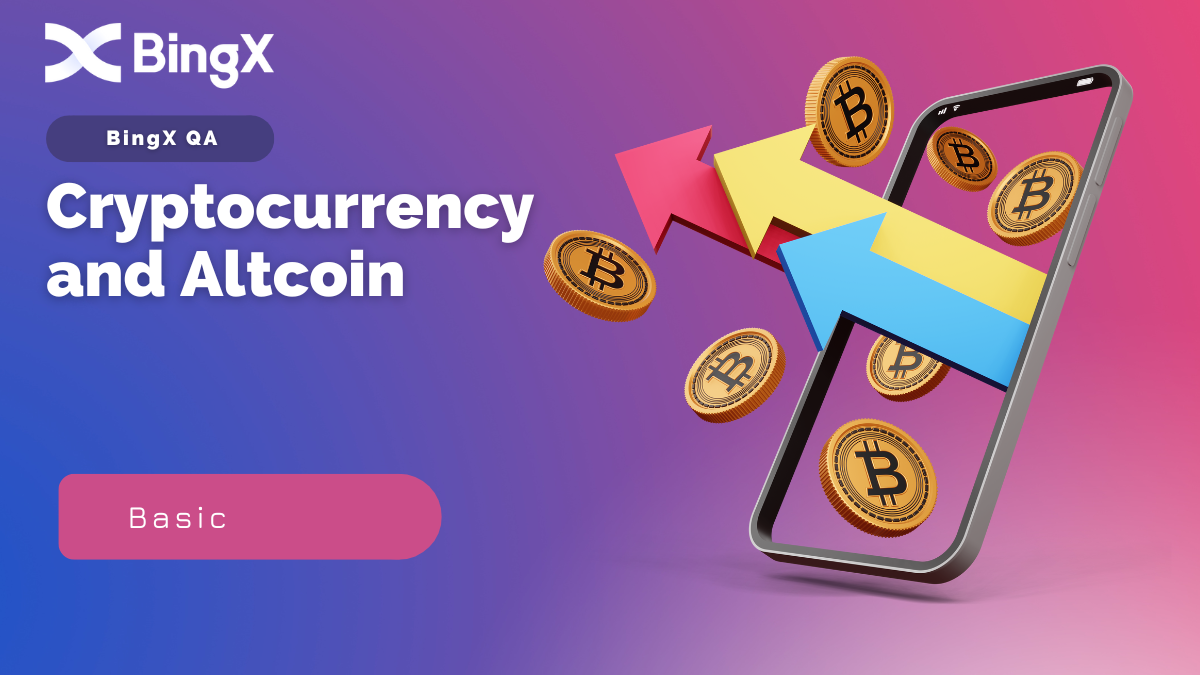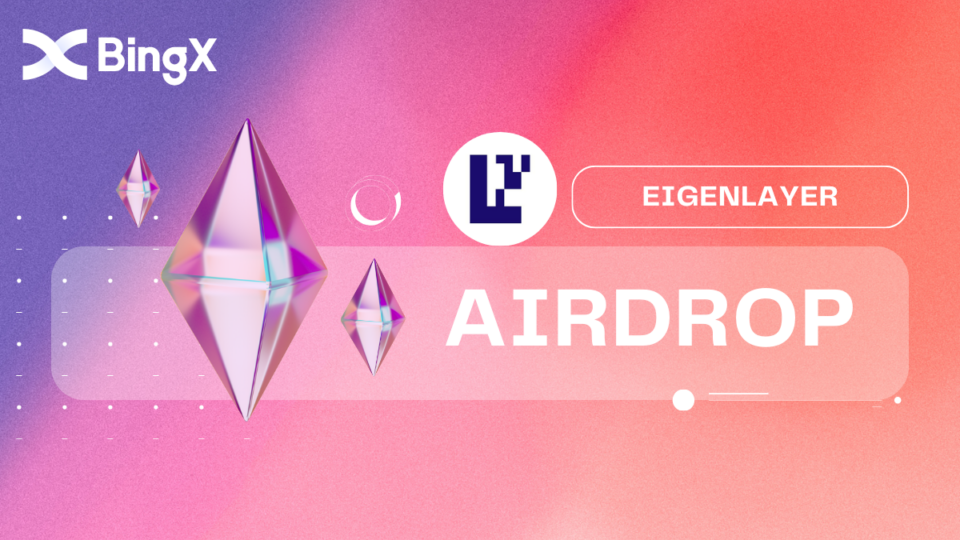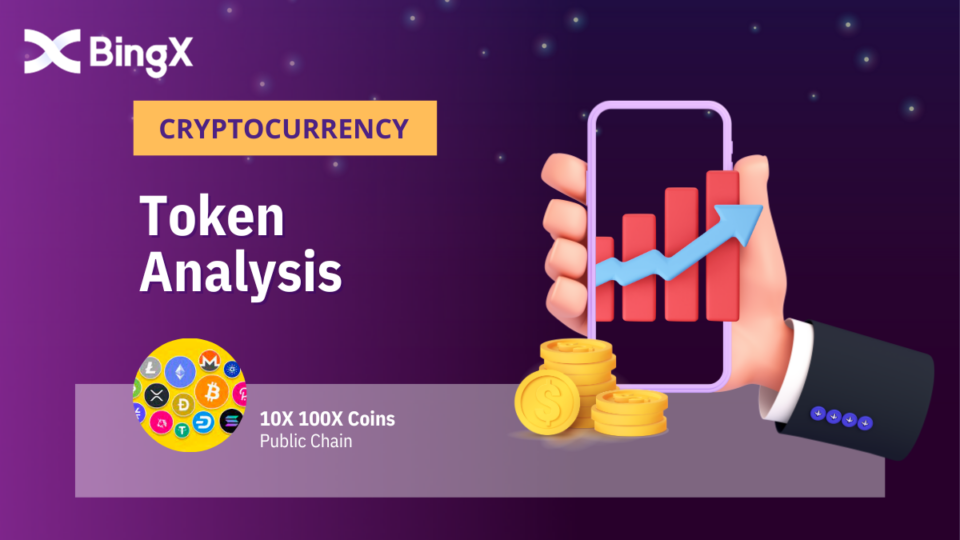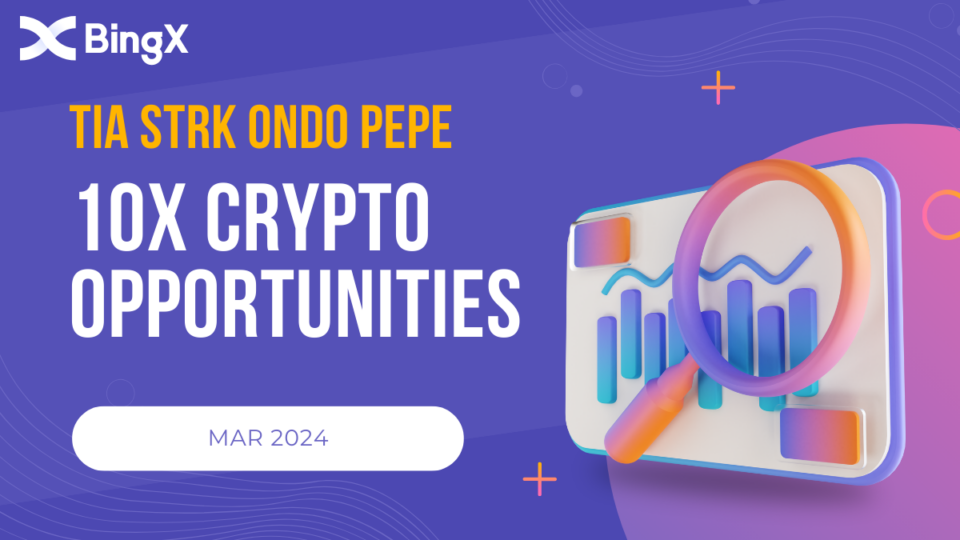
Is CryptoGPT a Good Investment?
March 16, 2023
Is Degen Zoo a Good Investment?
March 16, 2023Is Velorome a Good Investment?

What’s Velodrome?
Velodrome Finance is the next generation AMM built on the Optimism network. Users can seamlessly trade assets and provide liquidity using their assets, while enjoying low transaction fees on L2. Velodrome officially launched in June 2022.
As an Ethereum Layer 2 native DEX on Optimism, Velodrome’s market cap reached $133 million as of January 29, 2023, an increase of 78.31% in the past month.
Velodrome’s ve(3,3) mechanism Velodrome was adapted by the veDAO team from Solidly, which was launched by the Andre Cronje team, and made some modifications to the token design based on Solidly’s (3,3) mechanism.
Velodrome Token and How it Works?
There are two types of tokens in Velodrome: VELO is an ERC-20 token used to reward liquidity providers, and veVELO (also known as veNFT) is obtained by locking VELO and is a governance NFT token. The ve prefix comes from the vote-escrowed in Curve veCRV. Designing veVELO as an NFT form also solves the problem of staked tokens being non-transferable, but there is no liquidity for veVELO NFTs in the secondary market.
The veVELO mechanism was first adopted by Curve to strengthen incentives for long-term token holders, and the (3,3) game theory was designed by Olympus DAO, where everyone’s earnings are higher when everyone stakes tokens instead of selling them.
Among Velodrome’s main participants, traders have transaction fees ranging from only 0.02% to 0.05% on Velodrome, even without liquidity aggregation like Uniswap V3, which may provide a better experience due to lower transaction fees.
For liquidity providers, there is no transaction fee income in common AMMs, relying solely on Velodrome’s mining rewards for VELO.
veVELO holders have four rights: governance rights to determine the weighting of VELO allocation for each liquidity pool, all transaction fees, all bribery rewards, and dilution of voting rights through rebase. Thus, the higher the bribes and transaction fees in Velodrome, the higher the income of veVELO holders, and the price of VELO may rise, attracting more liquidity providers to increase their income and further enhancing transaction fee income, forming a flywheel effect.
The initial supply of VELO tokens is 4 billion, of which 60% is allocated to the community, including WEVE holders, Optimism users, and other DeFi users on other chains. The remaining 40% is allocated to partner projects, the Velodrome team (some tokens are used for locking and voting for VELO trading pairs), the Optimism team, and initial liquidity pools.
Providing Liquidity By using Velodrome liquidity pools, users can add liquidity for certain token pairs and receive weekly trading fee rewards.
Velodrome has two types of liquidity pools (Staple and Volatile). The Staple pool is suitable for assets with high price correlation, such as wstETH-WETH, while the Volatile pool is suitable for assets with low price correlation, such as wstETH-USD.
Velodrome Velo Token Trading Symbol
As Velodrome offers two tokens but only the Velo token is circulating on the market, BingX does not use Velo as the token symbol to avoid confusing users. Instead, Velodrome is used directly, and the trading pair is Velodrome USDT.
Is Velodrome A Good Investment?
Velodrome is currently a popular cryptocurrency with two hotspots: Layer2 and DEX. Due to regulatory policies, the more regulation there is, the more popular DEX tokens become. Velodrome has grown faster than other DeFi projects such as AAVE, Curve, and Uniswap. Additionally, its reward system has incentivized more users to choose to lock their tokens instead of selling them. The lock-up periods currently range from one week to one year and four years. The risk with Velodrome is that the token is in an inflationary state, and the token airdrops in the community have somewhat lowered the price.



